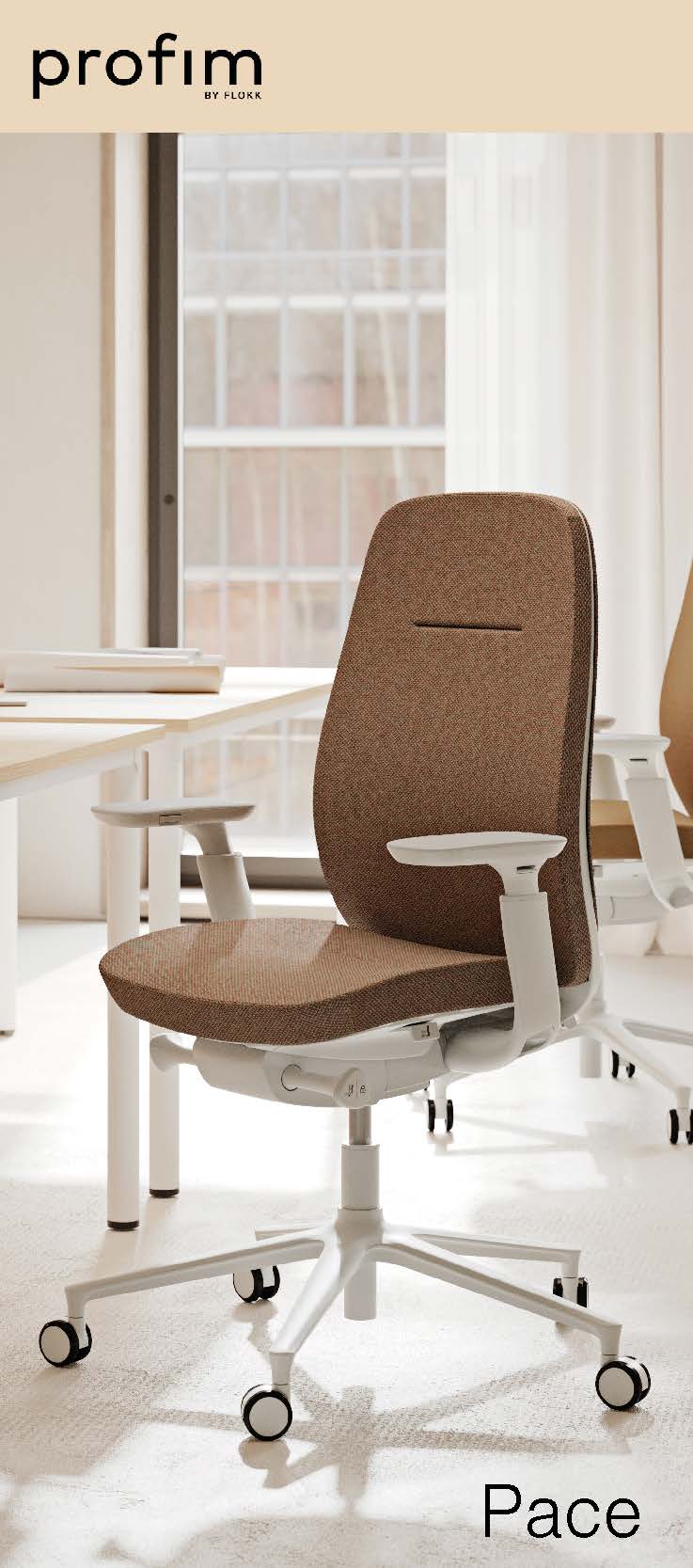February 25, 2024
We need to talk about loneliness
 Last year the World Health Organization (WHO) declared that loneliness is a pressing global health threat. Research has shown that it poses the same health risk as 15 cigarettes a day. According to the ONS, between January and February 2024, one in four adults in the UK reported feeling lonely. The government estimates the cost of severe loneliness per person is roughly £10,000 per year as a result of its impact on wellbeing, health and productivity. From a business perspective, this issue can be something that is often overlooked, particularly with the growing trend of hybrid working. In a connected workplace, employees feel valued, supported, and motivated to contribute their best. (more…)
Last year the World Health Organization (WHO) declared that loneliness is a pressing global health threat. Research has shown that it poses the same health risk as 15 cigarettes a day. According to the ONS, between January and February 2024, one in four adults in the UK reported feeling lonely. The government estimates the cost of severe loneliness per person is roughly £10,000 per year as a result of its impact on wellbeing, health and productivity. From a business perspective, this issue can be something that is often overlooked, particularly with the growing trend of hybrid working. In a connected workplace, employees feel valued, supported, and motivated to contribute their best. (more…)



















 For years it has been evident that there is no ‘future of work’. There is only a journey with no destination and no single way of not getting to it. That hasn’t stopped people talking about it all endlessly. And each time they have, I’ve reached for my pistol.
For years it has been evident that there is no ‘future of work’. There is only a journey with no destination and no single way of not getting to it. That hasn’t stopped people talking about it all endlessly. And each time they have, I’ve reached for my pistol. 













February 28, 2024
The hybrid working office: ushering in a new era for the workspace
by Jeni Taylor • Comment, Flexible working, Workplace design